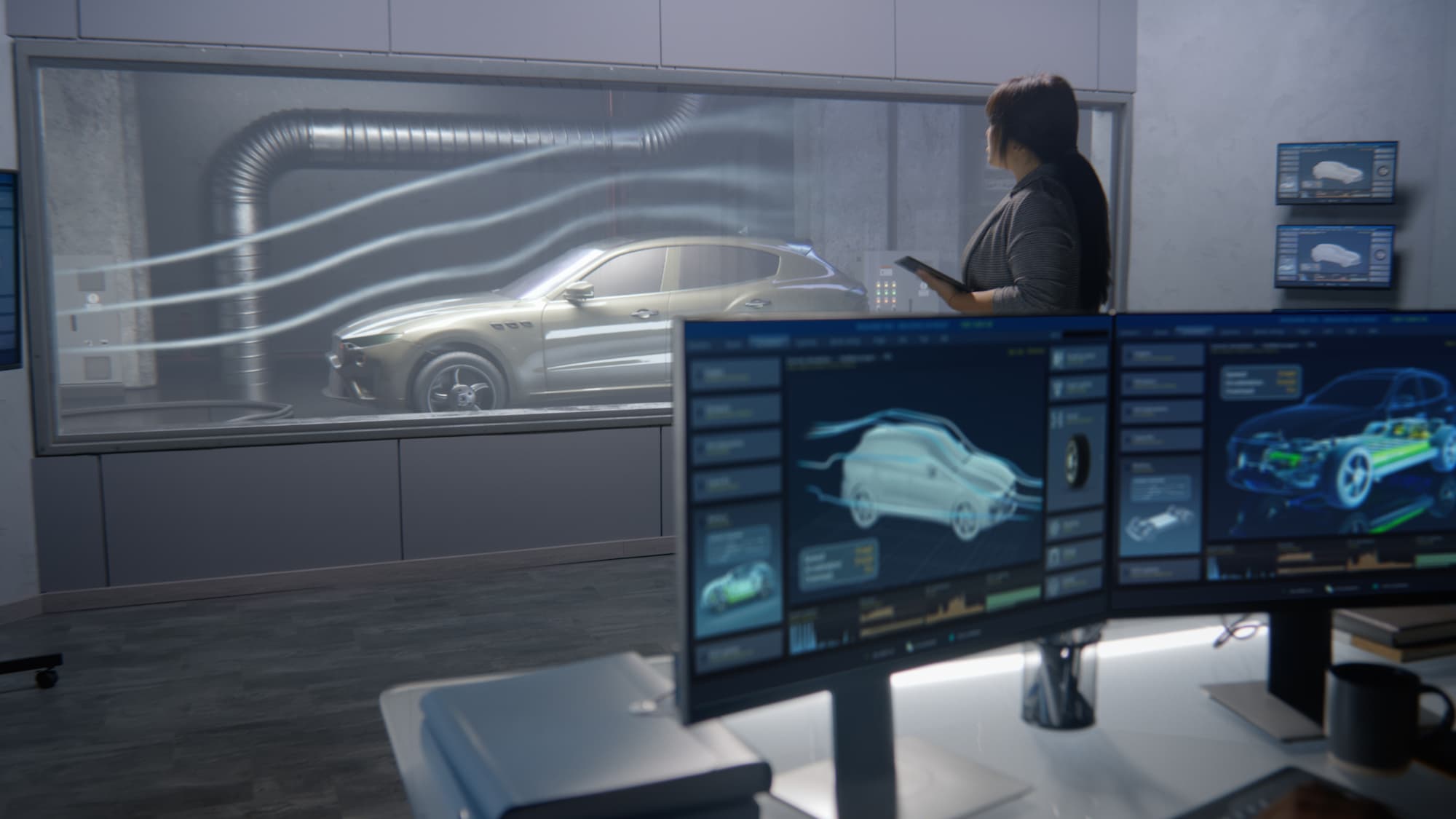Shrinkage porosity is much more than an annoyance. It can have serious repercussions, such as lowering yields and dragging out the production cycle, impeding time to market. This can put a lot of pressure on teams already working hard to ensure quality and reliability.
With proper diligence and attention to detail, specifications for parts can be clearly defined, ensuring consistency across all batches during production and giving engineers the predictability they need to optimize output.
This article provides insight into how to optimize processes, reduce metallurgical defects, and incorporate technology to achieve optimal results with minimal effort.
What Is Shrinkage Porosity in Die Casting & Why Does it Occur?
Shrinkage porosity in die casting occurs when liquid metal rapidly cools and solidifies instead of cooling at a slow, even rate. When the metal cools too quickly, it contracts and unintentionally forms empty spaces that negate many of the desired mechanical properties and characteristics of the original material. The exact behavior of the metal and the potential for solidification shrinkage will also vary by the type of alloy.
For example, titanium aluminide alloys are often utilized because of their outstanding overall strength and resistance to corrosion, especially for use in high-temperature environments. However, these alloys are also more susceptible to shrinkage porosity that can weaken the material and increase the likelihood of surface defects becoming corroded.
What Are the Consequences of Shrinkage Porosity in Die Casting?
Shrinkage porosity can cause defects that range from barely discernible to catastrophic, which makes it challenging to anticipate how a part will perform if casting defects are not identified. Internal fissures and microcavities that evade quality control measures may only present with defects once they fail after installation. This places the onus on the end customer to seek out replacement parts.
Too many flaws from casting porosity can negatively impact a casting company’s reputation for reliability and integrity. This is especially true in auto die casting due to the expense of troubleshooting and substituting parts in the event of failure.
Lastly, defects discovered late in the manufacturing process lead to more waste and expense for the manufacturer. A product that fails pressure testing after machining will have consumed a substantial number of working hours and could delay future production schedules.
What Is Casting Simulation Software & How Does it Work?
Casting simulation software is a cutting-edge tool that allows manufacturers to model how liquid metal from a particular alloy will behave once poured. The software accounts for the intersection of multiple factors such as venting, the presence of gates and risers, and heat losses.
These technological solutions promote confidence during the design stage and inspire cautious, data-supported innovation. For example, Transvalor’s THERCAST® allows engineers to conceptualize and test parts in a simulated production process long before developing a physical prototype. This saves an incredible amount of time in the research phase and encourages designers to experiment with different qualities such as surface-to-volume ratios.
How Can You Get Started With Using Casting Simulation Software for Manufacturing?
Casting simulation software allows manufacturers to test proposed conditions before implementation to determine whether there is a significant potential for casting porosity, gas porosity, or other major defects. This early warning allows manufacturers to modify parameters in the software instead of having to pause production and design a new mold.
Since the software can support complex geometries, it’s simple to map and model even the most unusual dimensions to identify whether shrinkage porosity is limited to one section of a given part. Instead of redesigning an entire mold, it may only be necessary to adjust a single area that cools inconsistently or needs to be cast separately to ensure proper fit with an adjoining part.
Casting software also empowers manufacturers to fine-tune their production processes based on material shortages, rising metal prices, or other unexpected changes. Testing new alloys at any time affords more flexibility and adaptability to conditions beyond a manufacturer’s control.
Transvalor is an end-to-end solution with a comprehensive line of simulation software. From simulating how liquids cool to anticipating how castings will respond to heat treatments, Transvalor’s portfolio is a one-stop authority on reducing loss through the accuracy, precision, and predictability of casting software.
In modern times, embracing technology is often a requirement to remain ahead of the market. Transvalor is backed by expert support to help you seamlessly manage the transition from traditional to digital manufacturing. Request a demo today.



